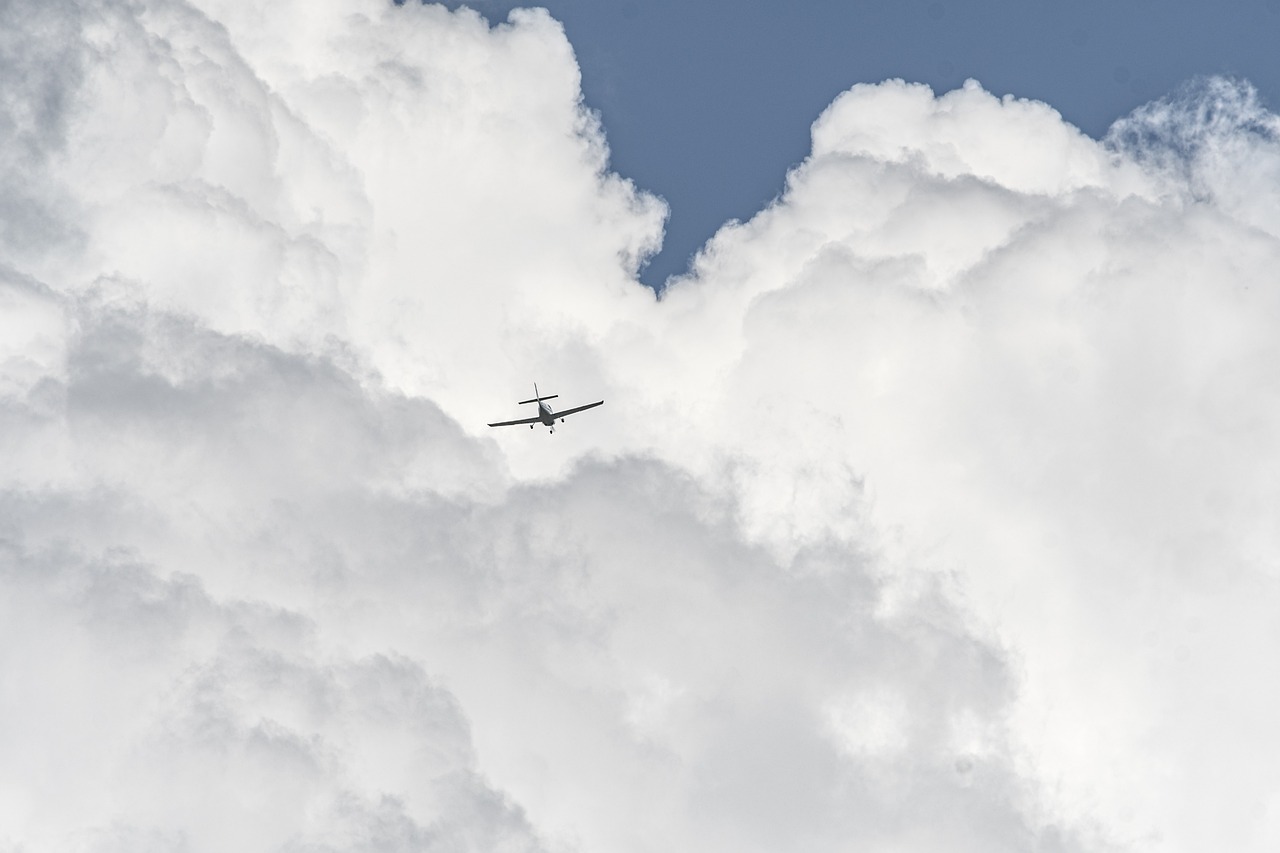Airports are bustling hubs of activity where precision, efficiency, and safety converge on a daily basis. Among the myriad challenges faced in this dynamic environment, one critical aspect is collision protection. This encompasses a broad spectrum of measures designed to prevent collisions involving aircraft, vehicles, and even pedestrians within the airport grounds.
Understanding the Risks
The scale and complexity of modern airports necessitate a robust collision protection framework. Aircraft maneuvering on taxiways and runways, ground vehicles transporting luggage and servicing aircraft, and pedestrians moving between terminals all contribute to a high-risk environment. The potential consequences of collisions are grave, ranging from injury and loss of life to significant operational disruptions and financial losses.
Technological Innovations
Advancements in technology play a pivotal role in enhancing collision protection at airports. Ground radar systems, for instance, provide real-time monitoring of aircraft and vehicles, detecting potential conflicts and alerting operators to take corrective action. Automated systems integrated with GPS can track the movement of vehicles and aircraft with precision, further reducing the likelihood of collisions.
Proactive Measures
Beyond technology, airports employ a combination of procedural protocols and physical barriers to mitigate collision risks. Air traffic controllers coordinate the movement of aircraft on runways and taxiways, ensuring safe separation and adherence to designated pathways. Dedicated lanes and signage guide ground vehicles, minimizing the risk of unauthorized movements. Pedestrian walkways are strategically designed and marked to enhance visibility and safety.
Training and Awareness
Effective collision protection also hinges on the competency and awareness of personnel operating within the airport environment. Training programs educate pilots, ground crew, vehicle operators, and airport staff on collision prevention strategies, emergency procedures, and the importance of vigilance. Regular drills and simulations simulate real-world scenarios, preparing stakeholders to respond swiftly and decisively in critical situations.
Challenges and Adaptations
Despite significant strides, challenges persist in maintaining optimal collision protection. Factors such as inclement weather, communication errors, and human factors underscore the need for continuous improvement and adaptation of safety protocols. Collaborative efforts between airport authorities, airlines, regulatory bodies, and technology providers are essential to address evolving risks and implement best practices.
Looking Ahead
As air traffic continues to grow globally, the demand for effective collision protection measures will only intensify. Future innovations may include AI-driven predictive analytics to anticipate potential conflicts, enhanced sensor technologies for broader coverage, and autonomous systems capable of making split-second decisions to avert collisions.
Conclusion
In conclusion, collision protection at airports is a multifaceted endeavor aimed at safeguarding lives, enhancing operational efficiency, and preserving infrastructure. Through a combination of technological innovation, rigorous training, proactive protocols, and stakeholder collaboration, airports can mitigate risks and maintain their status as safe and efficient transportation hubs. By embracing continuous improvement and leveraging emerging technologies, the aviation industry can pave the way for a safer and more secure future in air travel.
